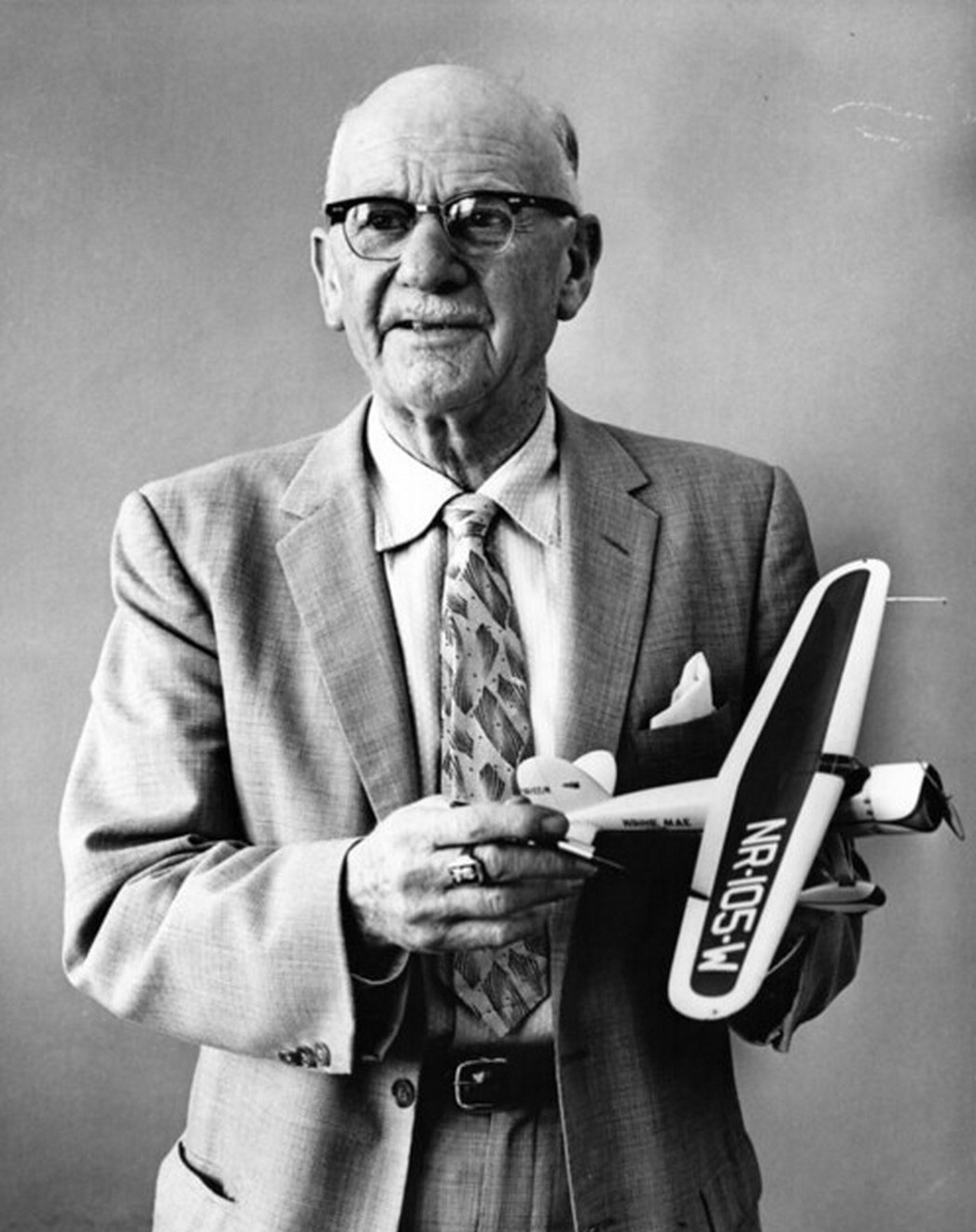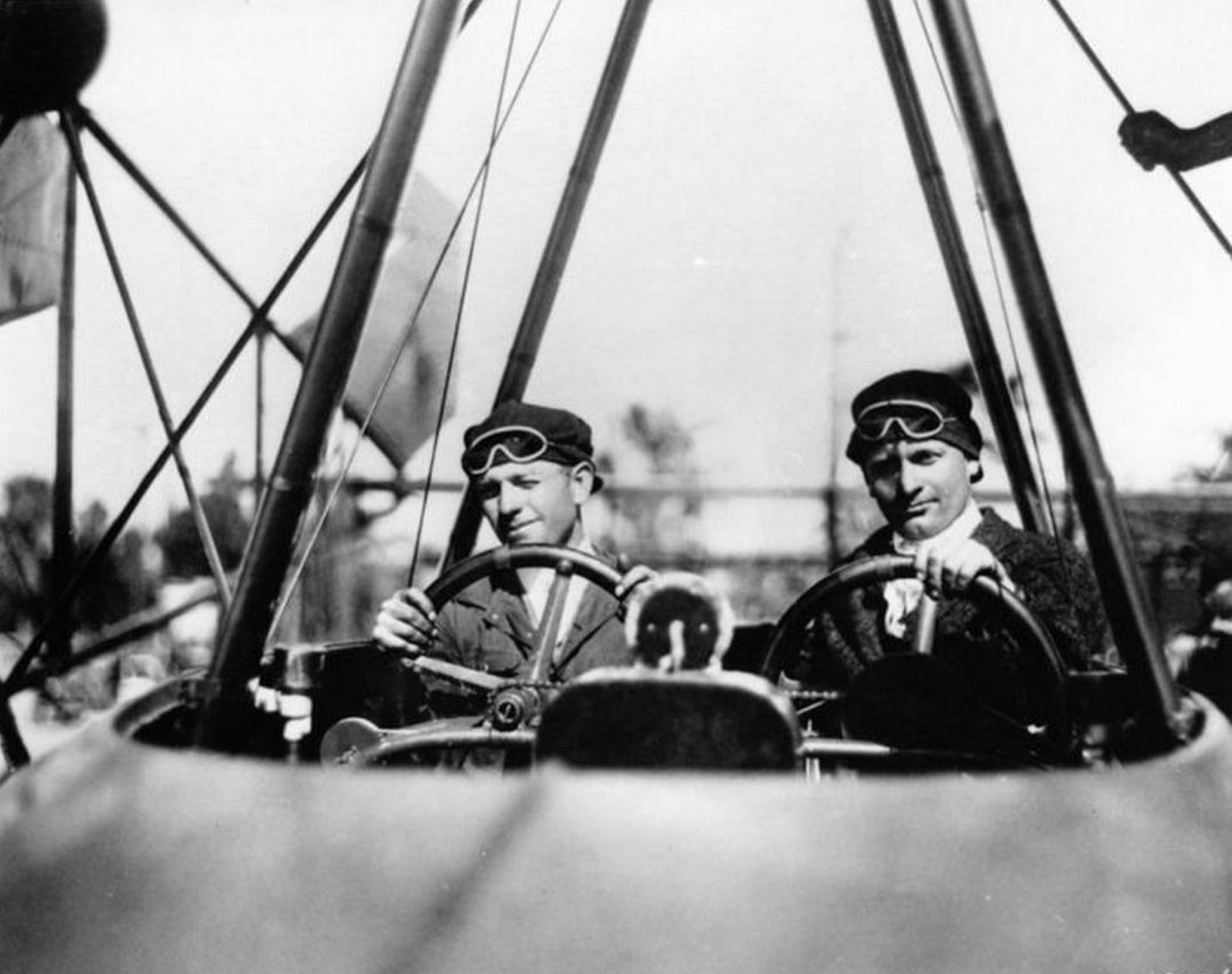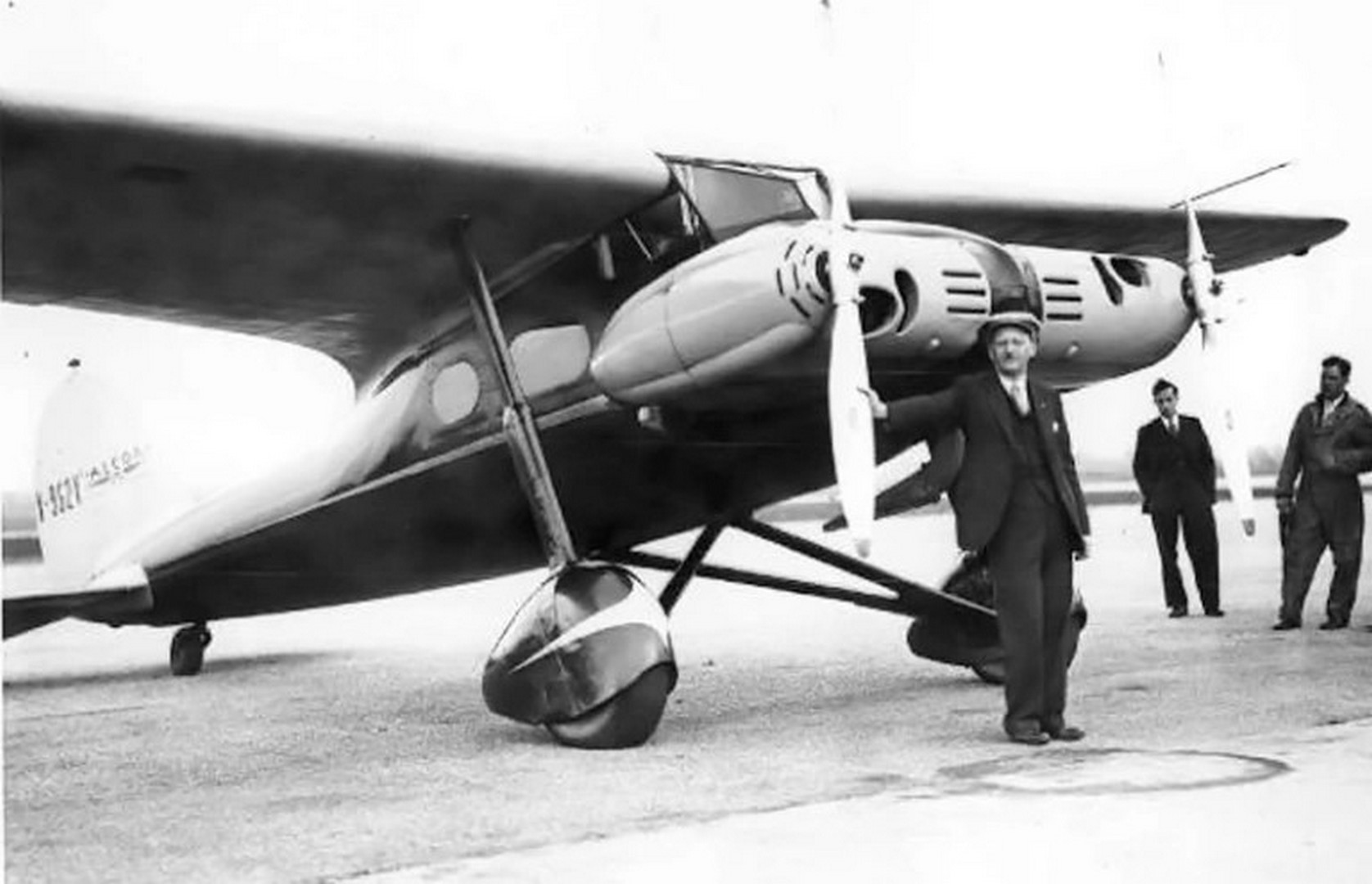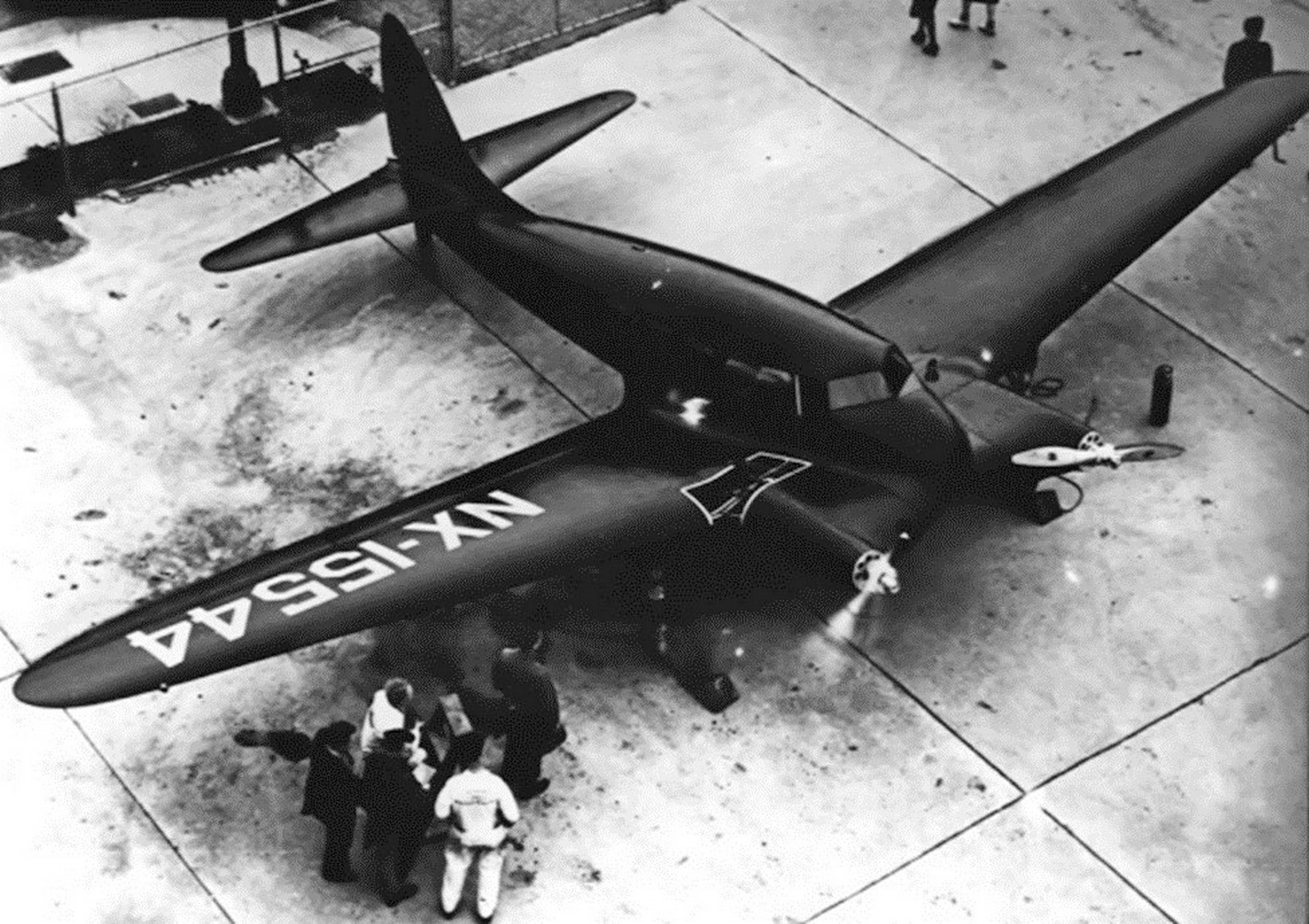Allan Lockheed
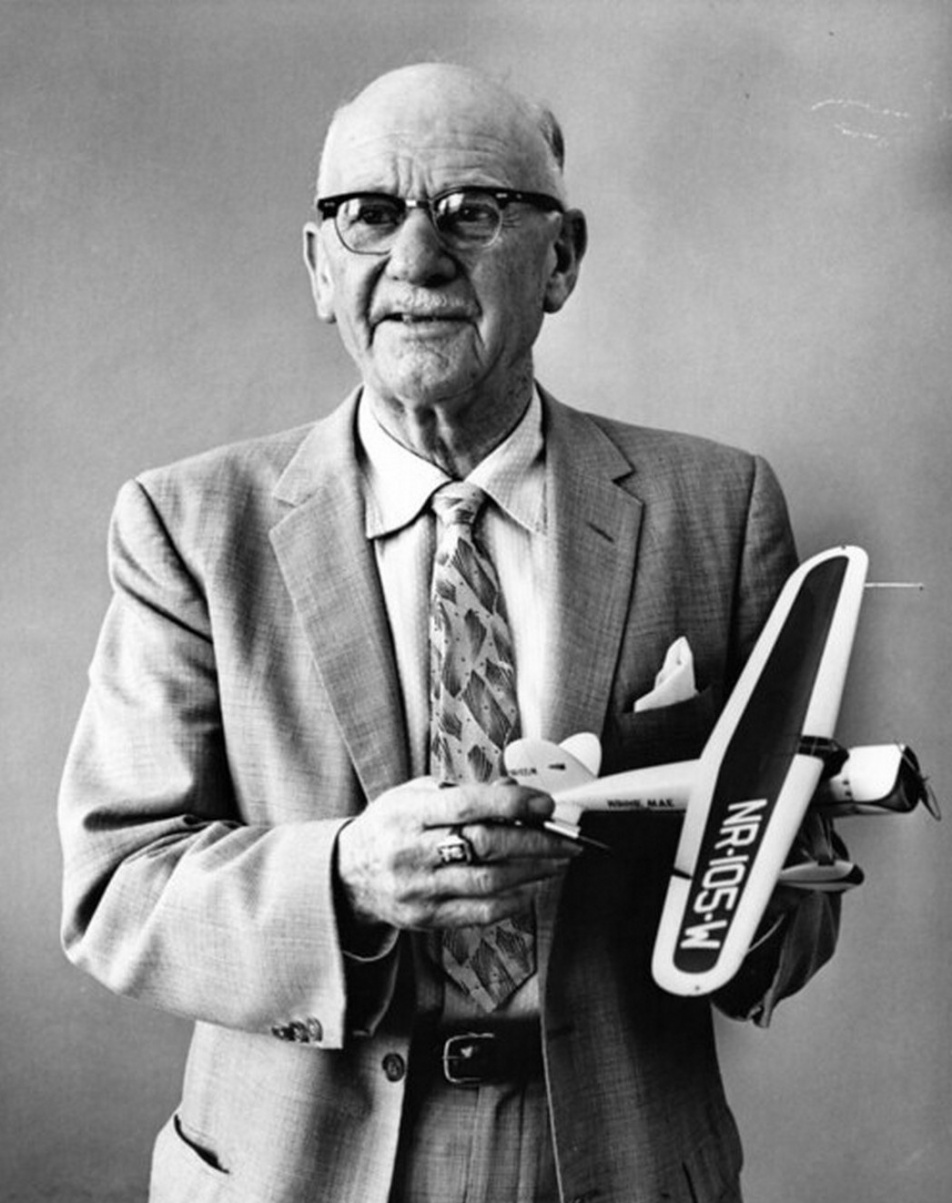
Allan Lockheed. How an amateur aviator became the founder of the world's aviation giant.
On January 20, the 135th anniversary of Allan Lockheed's birth, a pioneer in aviation and entrepreneur, was celebrated.
Born in 1889 in the small town of Niles, California, Allan Lockheed was initially known by the family name Loughead.
Being the younger son in the family, Allan's father left, leaving Flora, their mother, to raise four children. Flora, a strong woman and a successful writer and journalist, moved them to the resort town of Santa Barbara for a better life.
Despite completing only elementary school, Allan and Malcolm, driven by curiosity and supported by their mother, sought knowledge and professional skills in technology.
By 1906, they moved to San Francisco, working as auto mechanics and gradually immersing themselves in aviation.
Their older stepbrother, Victor, played a significant role, being an engineer with a passion for automobiles and aviation. In 1910, he commissioned them to convert a glider into an airplane, setting them on a path to gaining invaluable practical experience.Although their creation initially resisted taking flight, Allan, driven by desperation, replaced the hired pilot and successfully piloted the imperfect aircraft. He later recalled, "It was partly nervousness, partly confidence, and partly sheer foolishness. But I became an aviator!"
Soon, Allan became an airshow sensation, earning a substantial income. In 1912, with accumulated funds, he and Malcolm returned to San Francisco, where they embarked on building their own three-seater hydroplane for commercial flights over the San Francisco Bay. Financial challenges led them to seek an outside investor, resulting in the completion of the aircraft named Model G—the first Lockheed plane.
On June 15, 1913, Allan took it to the skies, and the machine proved successful, offering thrilling rides and aerial filming for movie studios. Inspired by this success, the Lockheed brothers founded the Loughead Aircraft Manufacturing Company in 1916, later becoming the renowned Lockheed Corporation. Despite creating several successful aircraft, the intense commercial competition led to the company's closure in 1920.
Facing disappointment, the brothers temporarily left aviation. Malcolm returned to automobiles, developing hydraulic brakes and establishing the Lockheed Hydraulic Brake Company. Tired of the constant misspelling of his name, he changed it to Lockheed, giving the company its name. Lockheed Hydraulic Brake Company's success brought the Lockheed brand popularity in America and beyond, marking a significant chapter in aviation history.
Allan engaged in various ventures before focusing on real estate trading, which brought in decent money but lacked the passionate fulfillment aviation provided. Continuing his association with Northrop, they decided to create a fast passenger plane to attract young American airlines. However, lacking sufficient funds, they brought in two wealthier partners. In December 1926, Lockheed Aircraft Corporation was formed, with Allan as the CEO. The inclusion of "Lockheed" in the name aimed at marketing associations with Malcolm's company.
The new firm leased a large garage in Hollywood, where, by July 1927, they built the prototype of a four-passenger, one-pilot airplane designed by Northrop named Vega. It boasted excellent aerodynamics and was advanced for its time. Air carriers appreciated the aircraft, and Lockheed began receiving substantial orders. In total, 141 variants of Vega were built, achieving notable success in aviation racing, expeditions to remote areas, and record flights. In 1932, Amelia Earhart crossed the Atlantic in a Lockheed Vega, becoming the first woman to accomplish such a feat.
By April 1929, Allan left the company due to disagreements with the majority shareholder, Fred Keeler, who later sold Detroit Aircraft. Allan's timely sale of his shares occurred just before the stock market crash in October, leading to the Great Depression. Lockheed was sold to a group of investors for $40,000 (over $700,000 by today's standards).
In the pre-war years, Allan founded two more aviation companies, collaborating with Malcolm in one. They created several experimental planes, such as the Olympic Duo-6 in 1934 and the C-6-1 Junior Transport in 1938. However, none gained commercial success. In 1934, Allan officially changed the spelling of his last name to Lockheed, symbolically, but it did not improve his aviation ventures.
During World War II, Allan served on the Transport Aircraft Committee, then led the aviation division of the Grand Rapids Store Equipment company. He continued his real estate business, the main source of income before and after the war.
Lockheed Aircraft experienced a revival and became a global aviation leader. In the mid-1950s, Allan was invited as a consultant for the company's history book. His son, John, mentioned that returning to Lockheed was a significant boost to his father's morale.
Allan Lockheed retired quietly as a pensioner when he was over 70. Lockheed employees respected him, periodically inviting him as a consultant. In his last years, Allan suffered from liver cancer and passed away on May 28, 1969.
Photo
Allan Lockheed. Mid-1960s.
Hydrolette Model G. Year 1913.
Brothers Allan and Malcolm Lockheed (left to right). Year 1917.
Amelia Earhart and Allan Lockheed (first and second from the left) near the "Vega" aircraft. Year 1932.
Allan Lockheed next to the Olympic Duo-6 aircraft. Year 1934.
Passenger plane C-6-1 Junior Transport. Year 1938.

 Fan-page
Fan-page Youtube
Youtube TikTok
TikTok Aviamuseum
Aviamuseum State Aviation Museum
State Aviation Museum
